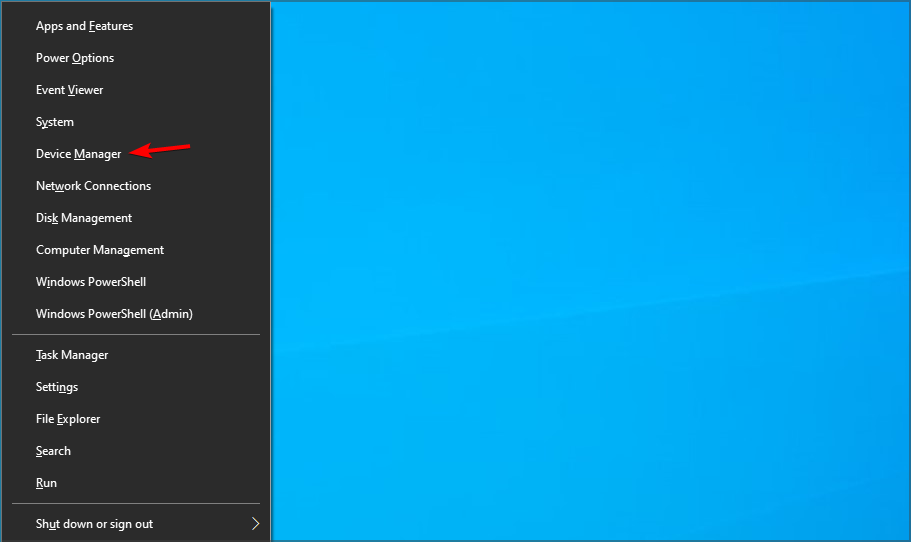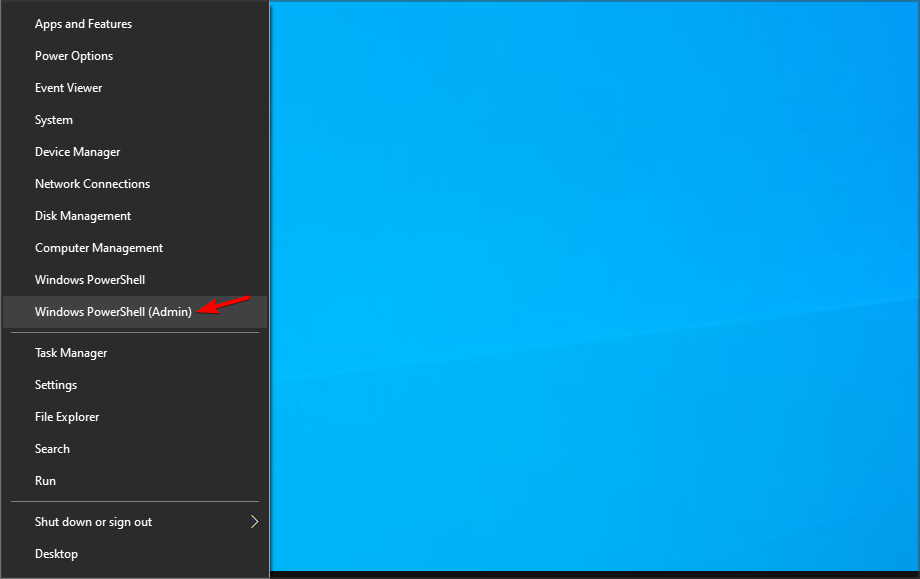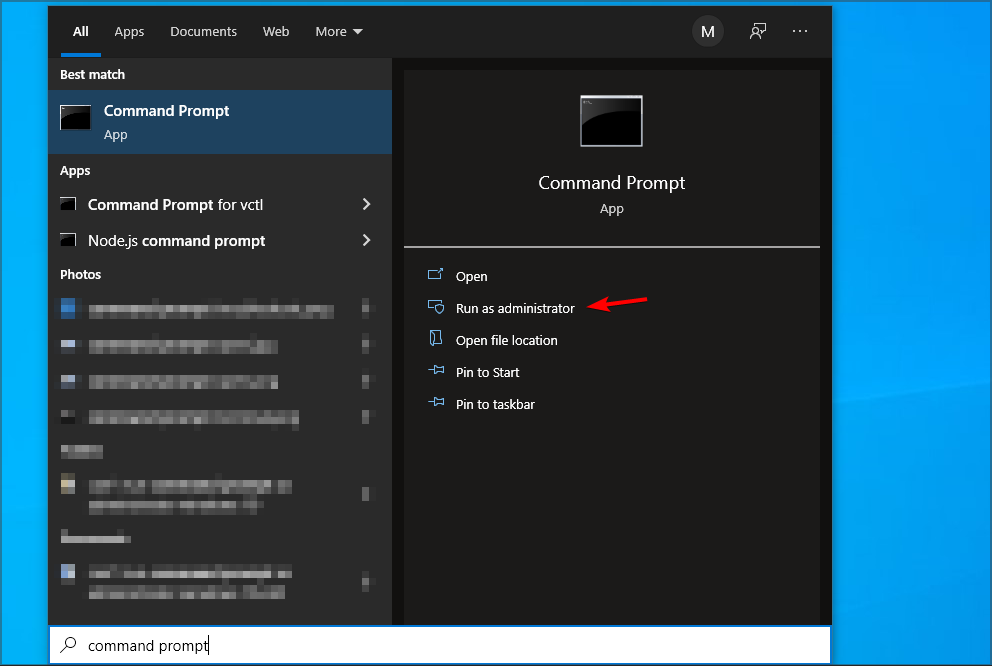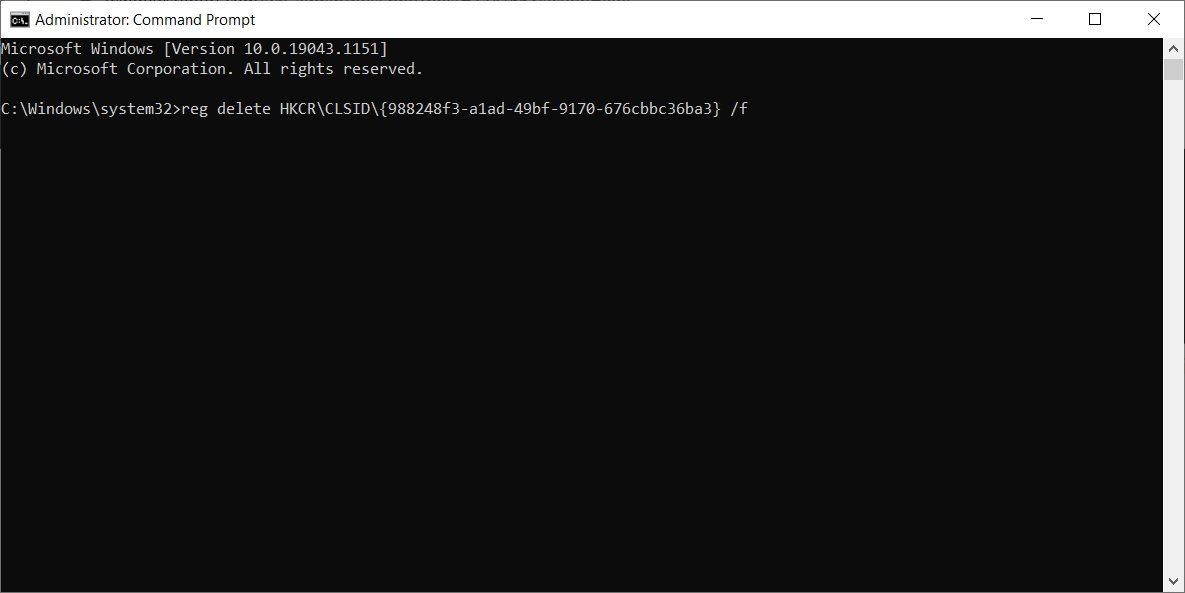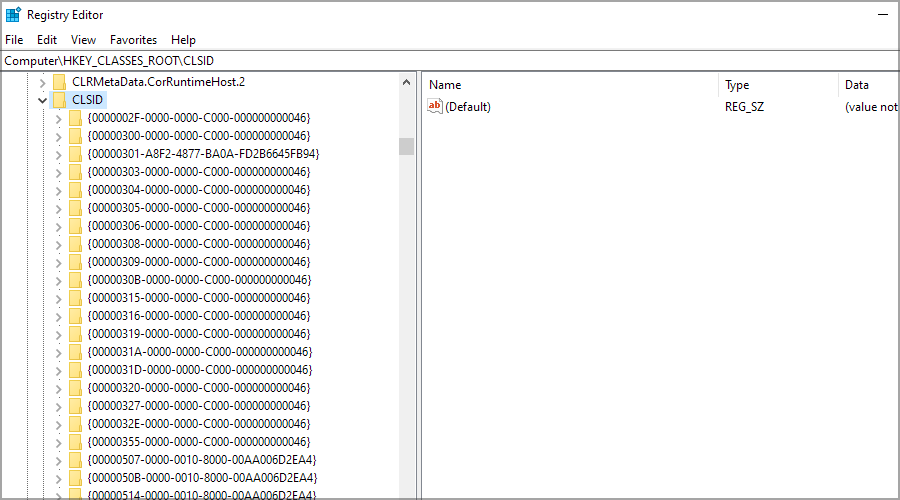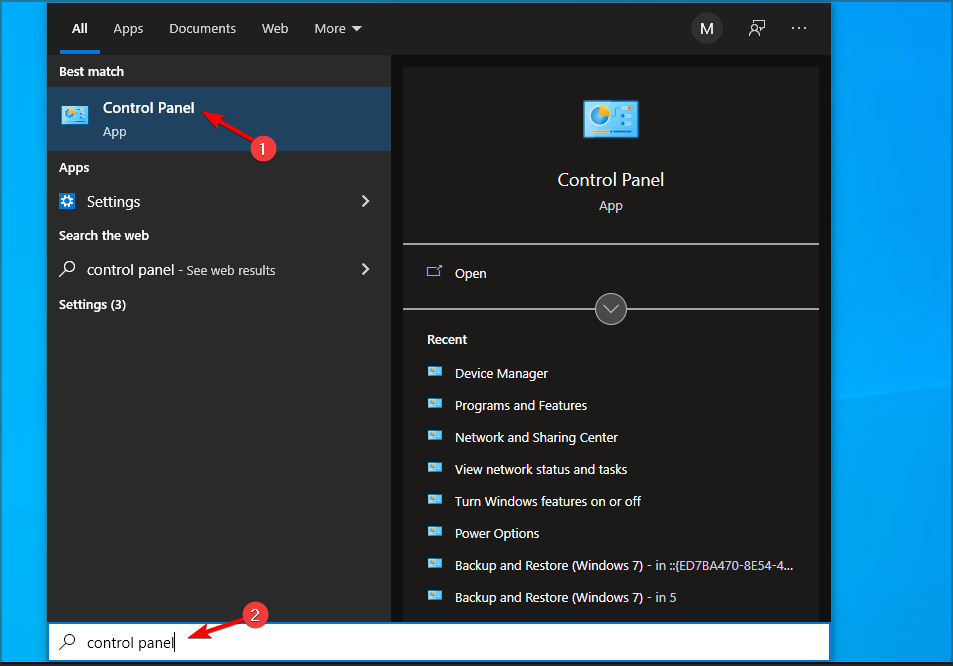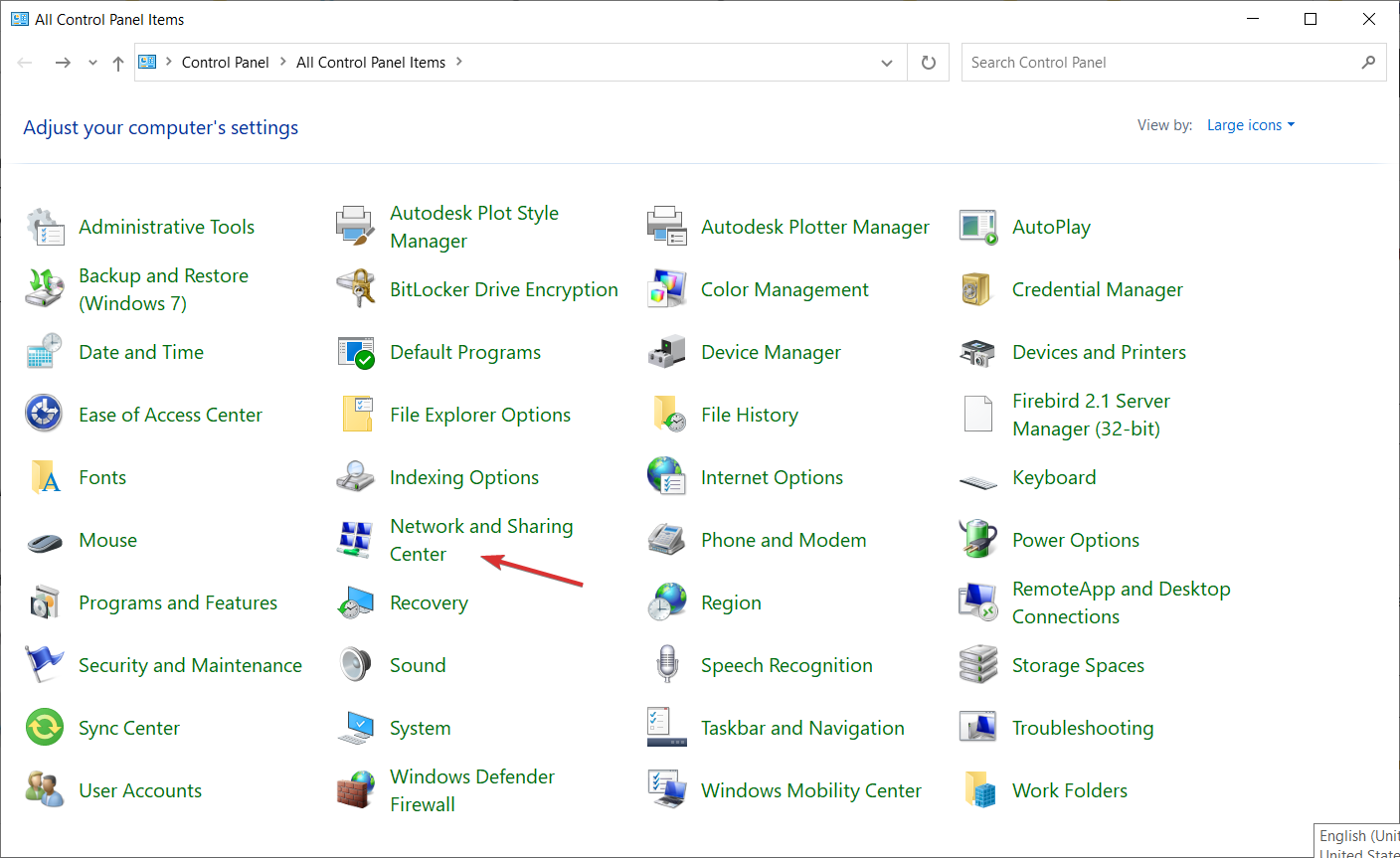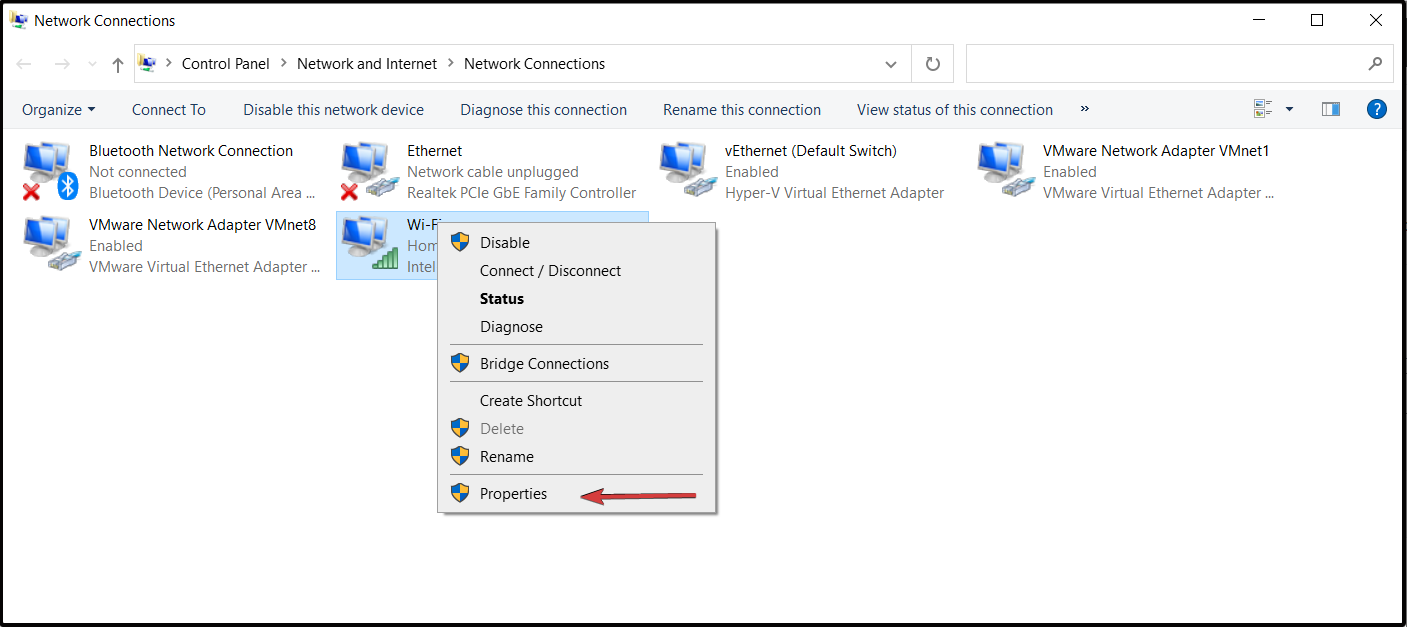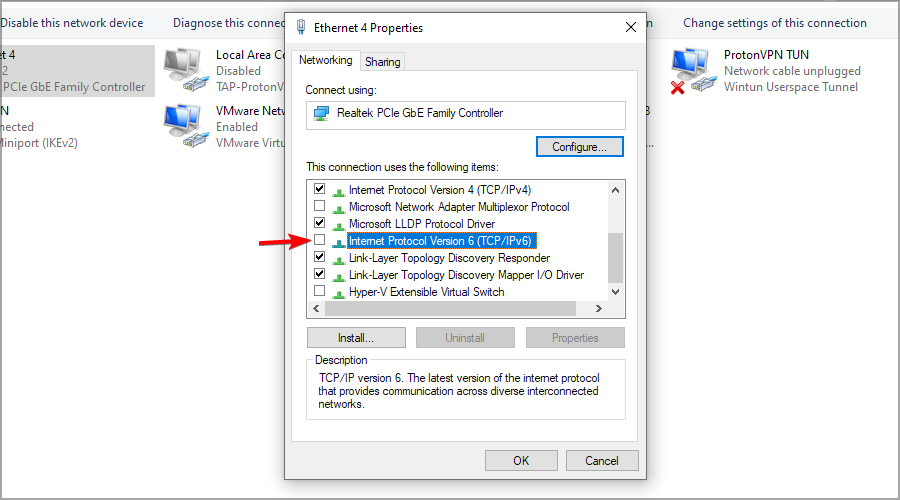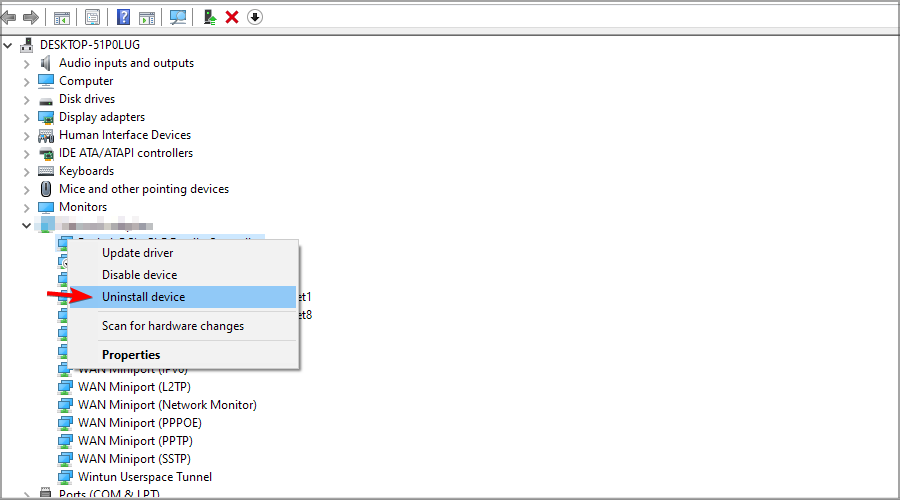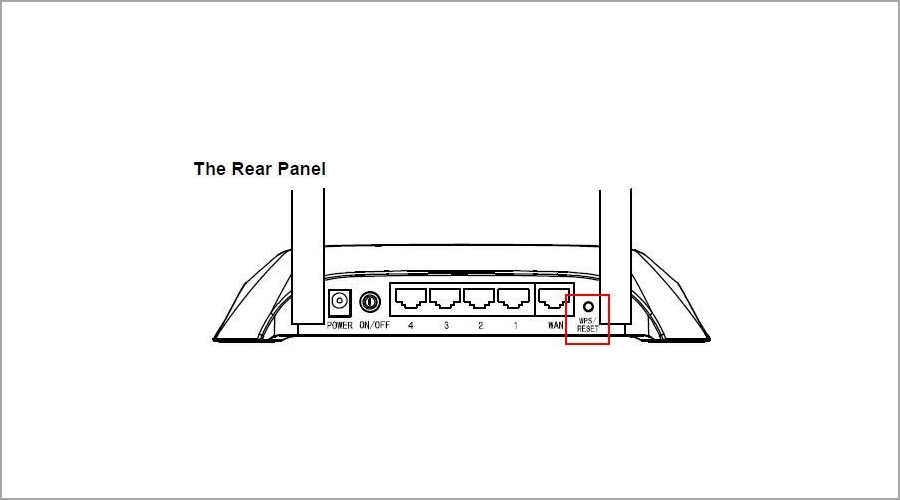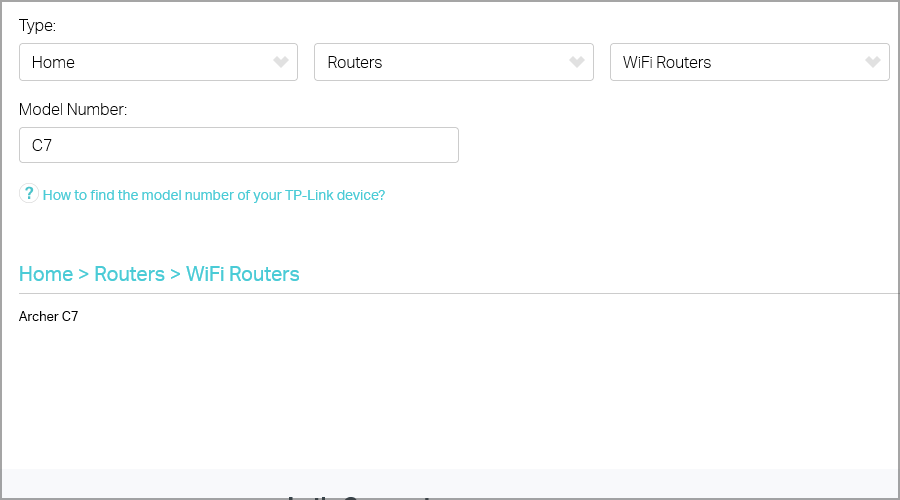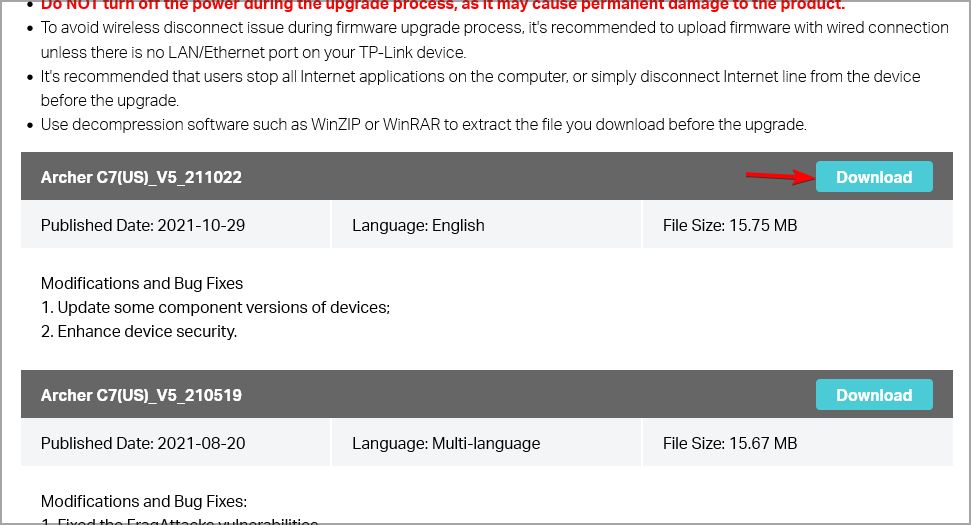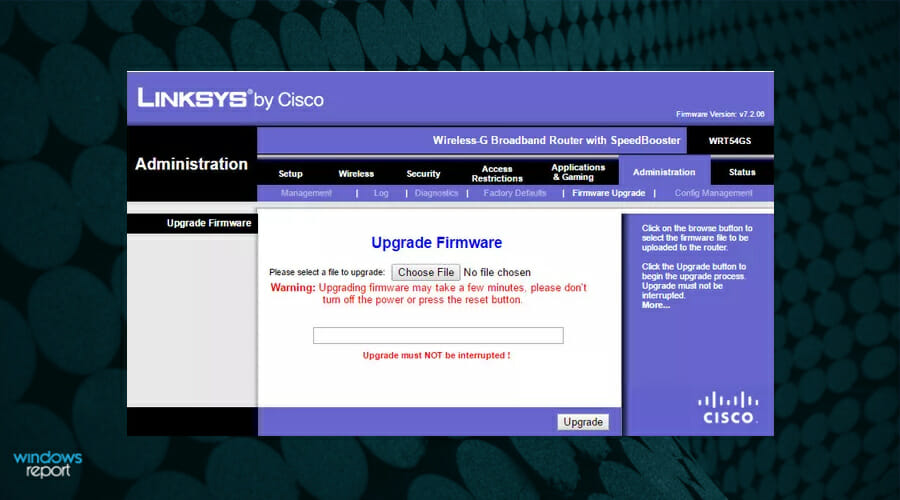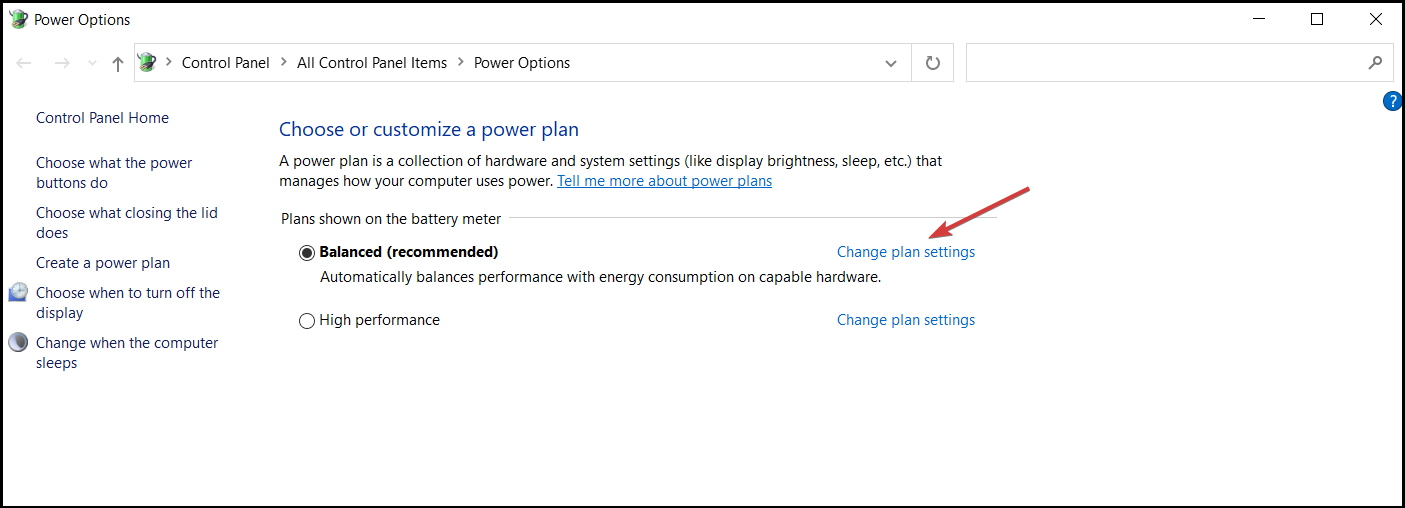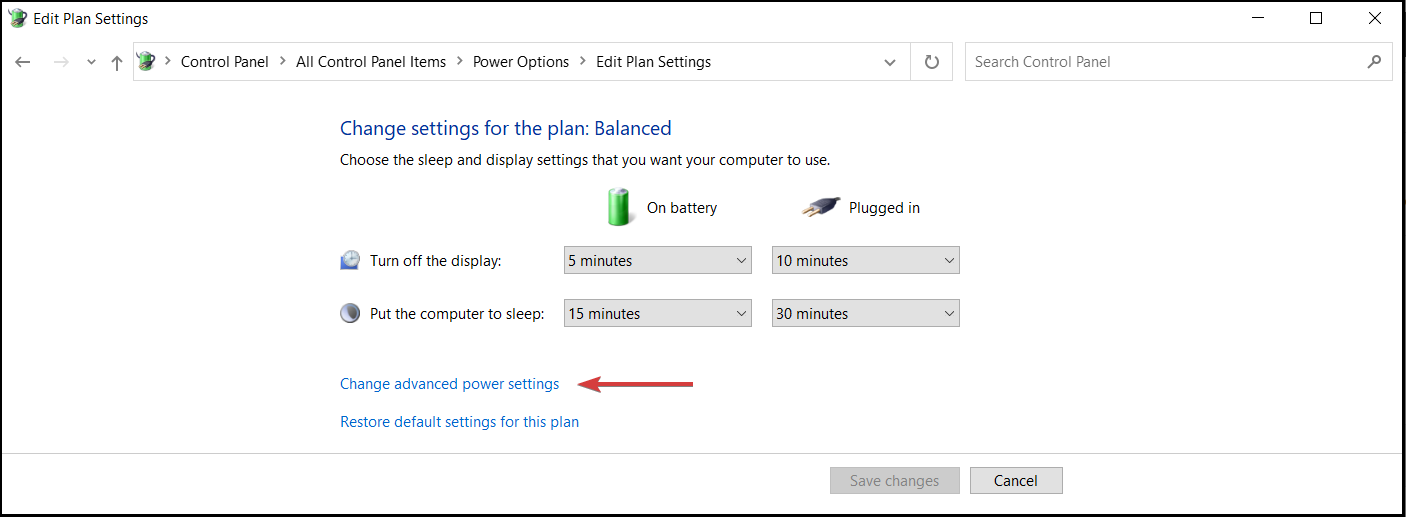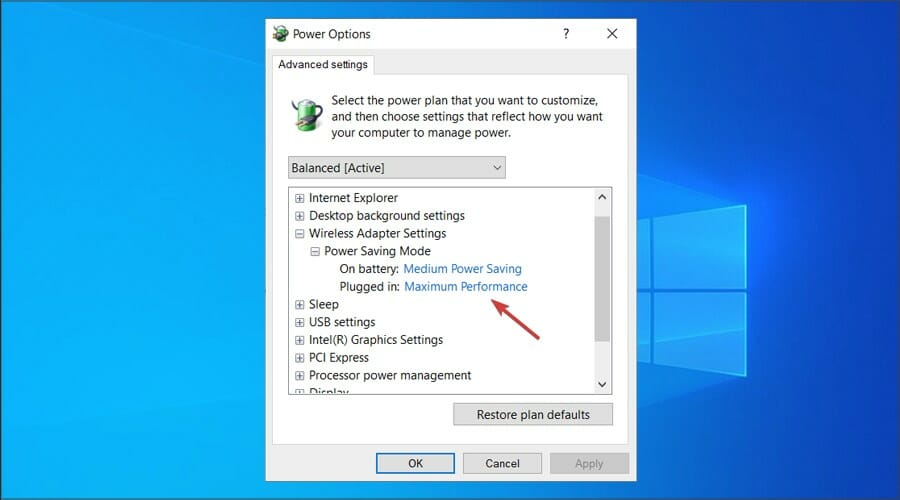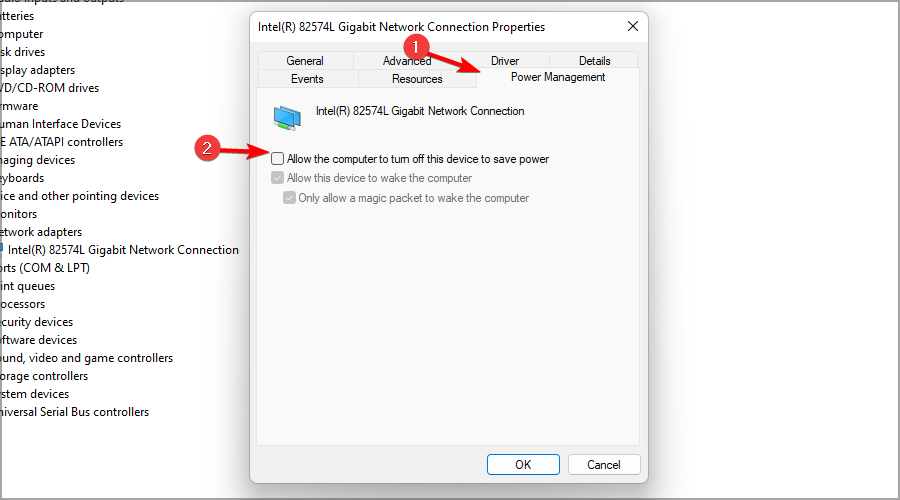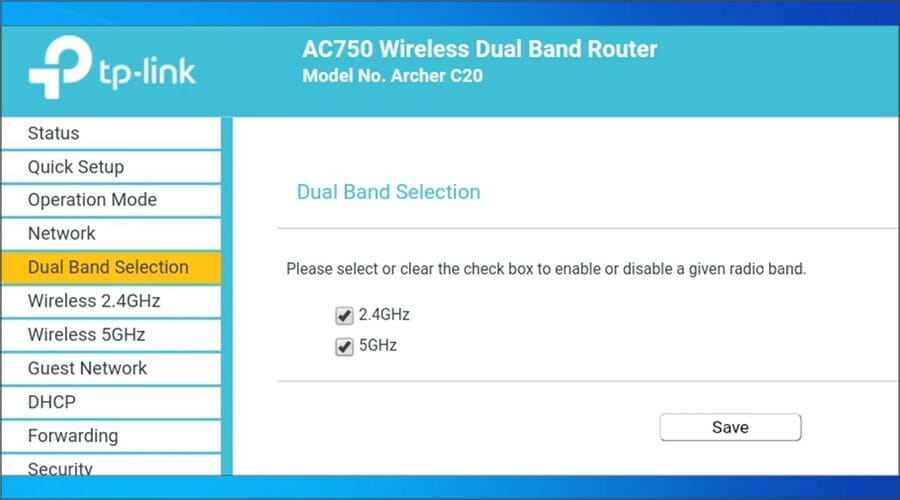Fix Wi-Fi Adapter Not Working/Not Available: 9 Easy Tips
Did you check if other devices can connect to the same hotspot?
10 min. read
Updated on
Read our disclosure page to find out how can you help Windows Report sustain the editorial team Read more

If the Wi-Fi adapter is not working after a system update, you can’t connect to any network. But don’t worry, we have plenty of solutions for this problem.
The Wi-Fi adapter is not working mainly because of driver problems, but it may also be caused by improper settings or when the adapter is malfunctioning or damaged.
Before proceeding with the solutions below, restart your PC and your router and check if other devices can connect to your hotspot.
How do I fix Wi-Fi adapter issues on Windows?
 NOTE
NOTE
1. Use the Internet Connections troubleshooter
When you’re encountering issues with your Wi-Fi adapter on your PC, a reliable option is the Internet Connections troubleshooter to identify and eliminate the source of the problem.
1. Press the Windows key + I to open Settings, then head to Updates & Security.
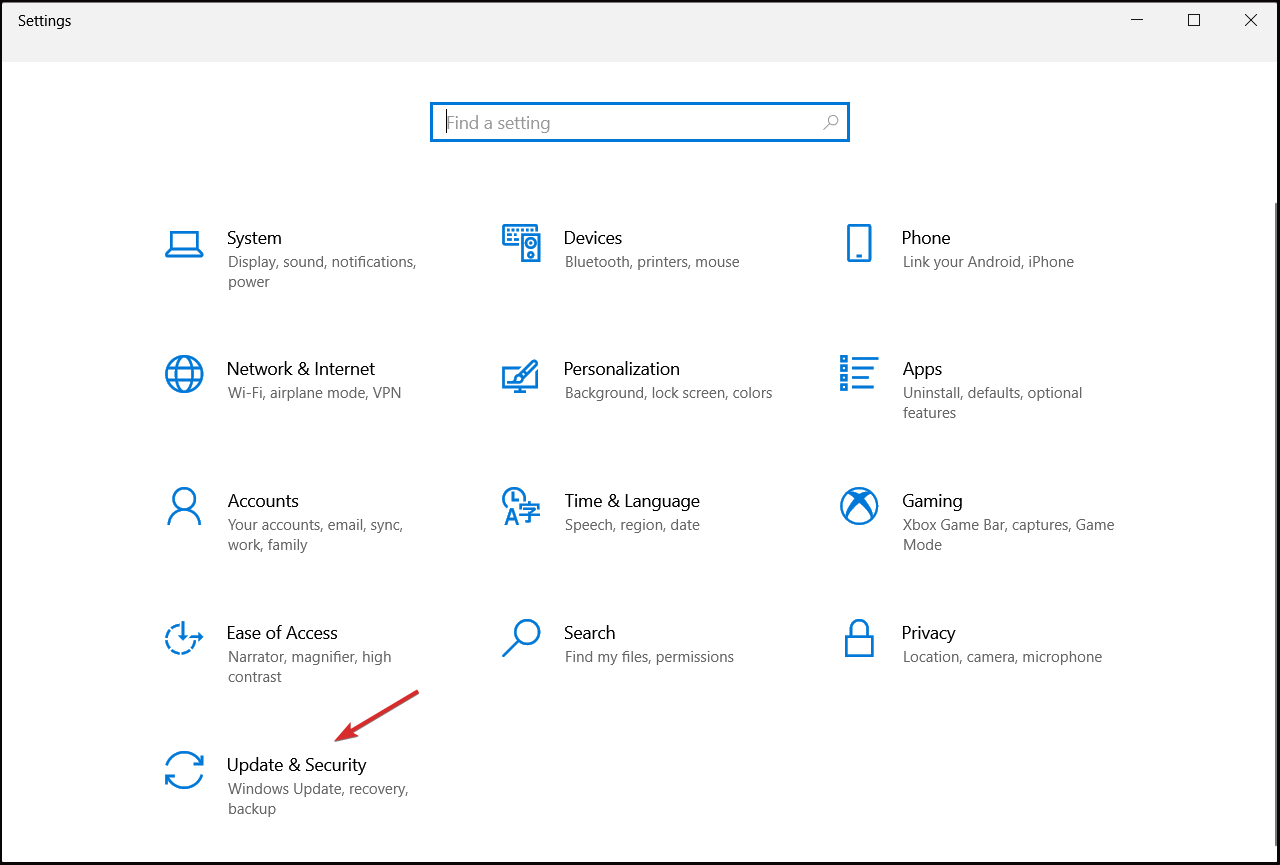
2. Select Troubleshoot from the left pane and click on Additional troubleshooters.
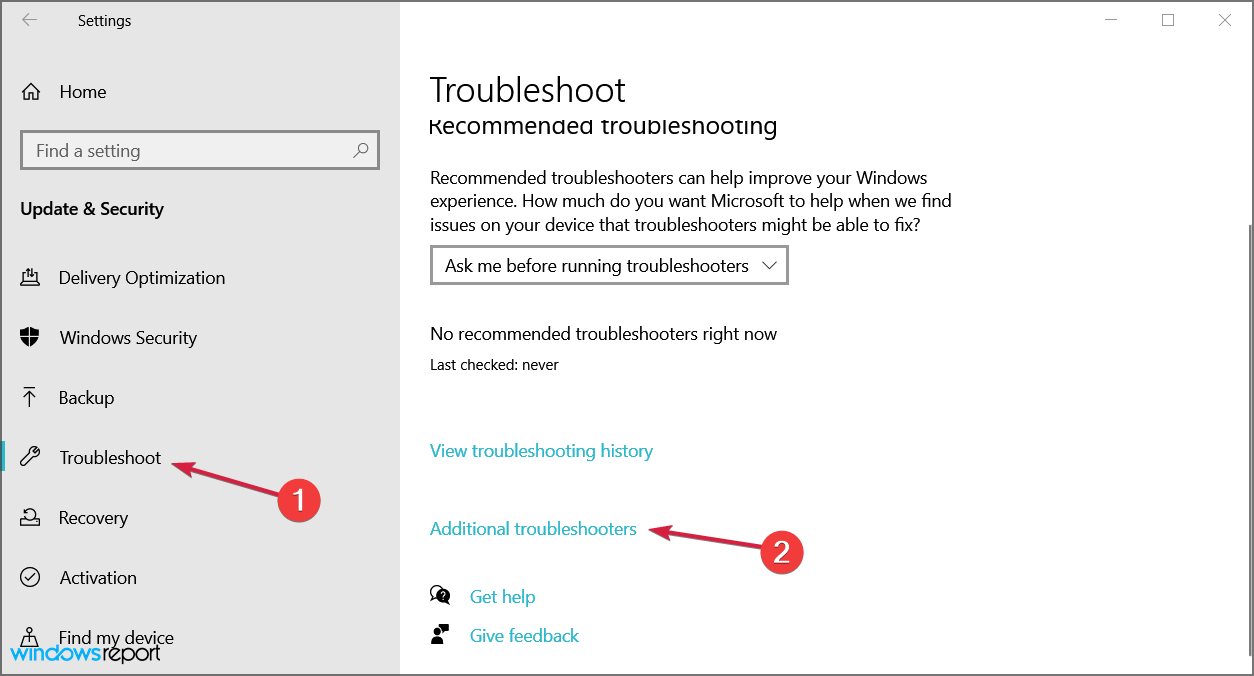
3. Select Internet Connections and click the Run the troubleshooter button.
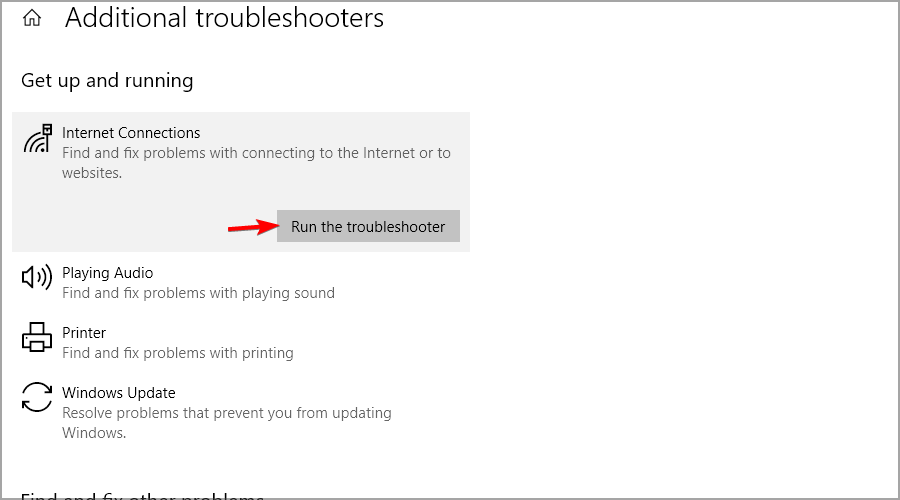
4. Follow further on-screen instructions and let the process finish.
5. Restart your computer.
A problematic Wi-Fi adapter may also cause the Suspect ARP Probe Failed error. Read the highlighted guide for more information.
2. Update the network drivers (Internet needed)
- Right-click the Start button and select Device Manager.
- Click on the Network adapters section, locate the Wi-Fi adapter, right-click on it, and select Update driver.
- Now select Search automatically for drivers.
- If the system finds a new driver, it will be installed, and you will be prompted for a restart.
Updating the driver will work only if you have an Ethernet cable connection besides your Wi-Fi. If unavailable, download the necessary drivers on another computer or device and run the setup on the affected PC.
3. Reset the network adapters
 NOTE
NOTE
- Right-click on the Start button and choose Windows PowerShell (Admin).
- Type or paste the following lines into Windows Powershell and press Enter after each one:
netsh winsock resetnetsh int ip resetipconfig /releaseipconfig /renew
Once done, restart the computer and verify whether the Wi-Fi adapter is still not working
4. Perform a registry tweak with Command Prompt
- Type Command Prompt in the search bar and click on Run as administrator.
- Paste the following line and press Enter:
netcfg –s n - This command will show a list of network protocols, drivers, and services. First, check if DNI_DNE is on the list; if it is, you have a problem.
- If DNI_DNE is listed, type the following commands and press Enter:
reg delete HKCR\CLSID{988248f3-a1ad-49bf-9170-676cbbc36ba3} /fnetcfg -v -u dni_dne
This should solve the issue, but if you receive the error 0x80004002 after entering the command, this value needs to be deleted slightly differently.
Here’s what to do if you receive this error code:
- First, go to Search, type regedit, and open the Registry Editor.
- Navigate to the following path:
Computer\HKEY_CLASSES_ROOT\CLSID\{988248f3-a1ad-49bf-9170-676cbbc36ba3} - Delete DNI_DNE if it still exists.
5. Change the adapter settings
- Click on the Start button, type control panel, and then click on the relevant search result.
- Go to the top right corner and change the View by option to Large icons.
- Select Network and Sharing Center.
- Click on Change adapter settings.
- Right-click the wireless adapter and select Properties.
- Search for Internet Protocol Version 6 (TCP/IPv6), and uncheck the option to disable it.
- Click on OK and restart the computer to enforce the changes you made.
6. Reinstall the network adapter
- Right-click the Start button and choose Device Manager from the list.
- Click on the Network adapters section to expand it.
- Right-click your network adapter and select Uninstall device.
- Follow further on-screen instructions.
- Restart your computer, and Windows will automatically install the best available drivers for the device.
7. Reset your router
 NOTE
NOTE
- Look for the Reset button at the back of the device.
- Press and hold it for over 10 seconds until the SYS led starts flashing quickly, and release the button.
Resetting the router can do wonders, as cliche as it sounds. Though the steps to reset the router are different for each manufacturer, every router usually has a reset button. So, find the instructions for your manufacturer and finish the process.
8. Update the router firmware
 NOTE
NOTE
- Use an Ethernet cable to connect the router to your PC.
- Visit your router’s manufacturer’s website.
- Locate your model on the list.
- Download the latest firmware version for your model.
- Open your web browser and type the IP address or the router’s link (as an example, our router’s IP address is 192.168.0.1, but yours may be different).
- Now enter the username and password provided by the manufacturer (available in the manual or on the bottom of the device) or the ones you set.
- Navigate to the Firmware section and find the Choose file or Browse button to let you add the firmware you’ve downloaded.
- Wait for the process to finish, and do not interrupt it at any cost.
For more information, we suggest that you visit our guide on how to update your router firmware guide.
9. Switch to the Maximum Performance mode
- Press Windows key + S and enter power plan. Now click on Choose a power plan.
- Once the Power Options window opens, locate your current plan and click Change plan settings.
- Go to Change advanced power settings.
- Expand Wireless Adapter Settings, and set the Power Saving Mode to Maximum Performance.
- Click Apply and OK to save the changes.
Just keep in mind that the Maximum Performance mode will put some extra pressure on your device, so your laptop battery may drain more quicker. But, it should, in all likelihood, fix the problem with the Wi-Fi adapter.
What do I do if the Wi-Fi adapter is not working on Windows 11?
- Press Windows key + X and select Device Manager from the list.
- Locate your wireless adapter from the list and double-click it to open its Properties.
- Navigate to the Power Management tab and disable Allow the computer to turn off this device to save power option.
- Click OK to save the changes.
If you’re still having problems, visit our guide on what to do if Wi-Fi disappears in Windows 11 for more solutions.
What are other common Wi-Fi adapter issues?
Here are some similar issues reported by our users that you can also resolve with the fixes presented below:
- Windows 10 Wi-Fi adapter missing, not showing, not working – If your computer fails to recognize the adapter, you won’t see it in Device Manager.
- My Windows 10 Wi-Fi disconnects frequently – If your connection is unstable, one of the solutions below will fix that too.
- Windows 10 has no Wi-Fi option in settings – Just as with the taskbar, the Wi-Fi option may also disappear from the Settings page.
- Windows 10 Wi-Fi connected but no Internet – This one’s the worst – when everything seems right, you just can’t connect to the Internet. But don’t worry, you can resolve this when applying the solutions presented below.
- Realtek Wi-Fi adapter not working – The inability of your Wi-Fi adapter to function may be attributable to the fact that its driver was recently removed.
- The Wi-Fi adapter stopped working – On particular laptops, the Wi-Fi may be turned on and off using either a dedicated hardware button or a set of keys on the keyboard.
- No Wi-Fi adapters available Cisco AnyConnect – In the NAM section of the Anyconnect client, the message No network adapters appears.
- No Wi-Fi adapters available in Windows 11 – Start the Network Adapter troubleshooter on your Windows PC if you can’t find your Wi-Fi adapter on that machine.
- Wi-Fi adapter not showing in Device Manager – If the wireless adapter still does not appear in Device Manager, you may use the System Restore point to roll back to a previous state in time when the wireless device was functioning normally.
How do I avoid Wi-Fi connection problems?
1. Choose a less crowded channel
- Open your router’s configuration page.
- Navigate to the Wireless section.
- Select your network and choose a different channel for it.
2. Move between 2.4 GHz and 5 GHz
If you have a dual-band router, switching between the two frequencies can be a good idea.
You can usually find the frequency settings in the Wireless Settings menu on your router, just like in the image above.
Just like we mentioned before, they may differ on your device. Therefore, feel free to consult the manual of your device.
3. Remove unwanted devices
You might have forgotten that you gave the router password to some friends, especially neighbors who may still connect to your Wi-Fi network.
To get them off your network, go into your router’s settings, look for connected devices, and delete the ones you don’t recognize.
4. Upgrade your device (change the Wi-Fi card)
The Wi-Fi card or adapter is usually embedded in your motherboard, but that doesn’t mean you can’t use an external one.
If you conclude that your one is not working correctly, you can use a new Wi-Fi adapter that will fit your needs better.
5. Get the right router for your needs
When talking about your home network, ensure that the router can provide signal coverage wherever you are in the house.
If the connection fails occasionally, it’s either a problem with the router itself or the signal power to your device.
You can even choose one of the best routers with an internal antenna, but remember to stay with your device within range.
6. Keep your drivers updated
As you’ve read in our guide, drivers can cause a lot of mess when it comes to Wi-Fi adapters, so it’s recommended that you regularly update the network drivers.
7. Pick the correct Wi-Fi hotspot
Although it may sound hilarious, sometimes we can connect to another network by mistake, a slower or a more crowded one.
That is why, when encountering an Internet connection problem, you first need to ensure that you have the correct link from the ISP and that your router or access point is working correctly.
After that, check if other devices can connect to the Wi-Fi network; if they do, you can conclude that there might be a problem with your device.
Should I use a 5GHz or 2.4GHz wireless network?
5GHz networks offer incredible speed and less latency, so if you want a fast connection with low ping, this is the better option.
However, 2.4GHz offers a better range, and its signal is better at penetrating through obstacles, such as walls. Also, remember that many devices aren’t fully compatible with 5GHz networks.
As a basic rule, troubleshoot the most common possible issues and gradually move on to the more complex ones.
Once you have managed to fix things, find out how to boost the performance of a Windows PC for a better experience.
Many also reported that Ethernet works but not WiFi, so you might want to check our dedicated guide on that issue for more solutions.
We also have a guide explaining what to do if no WiFi networks are found, as well as a guide on There might be a problem with the driver for the WiFi adapter error, so don’t miss them.
If you have any comments, questions, or suggestions, let us know in the comments below.

